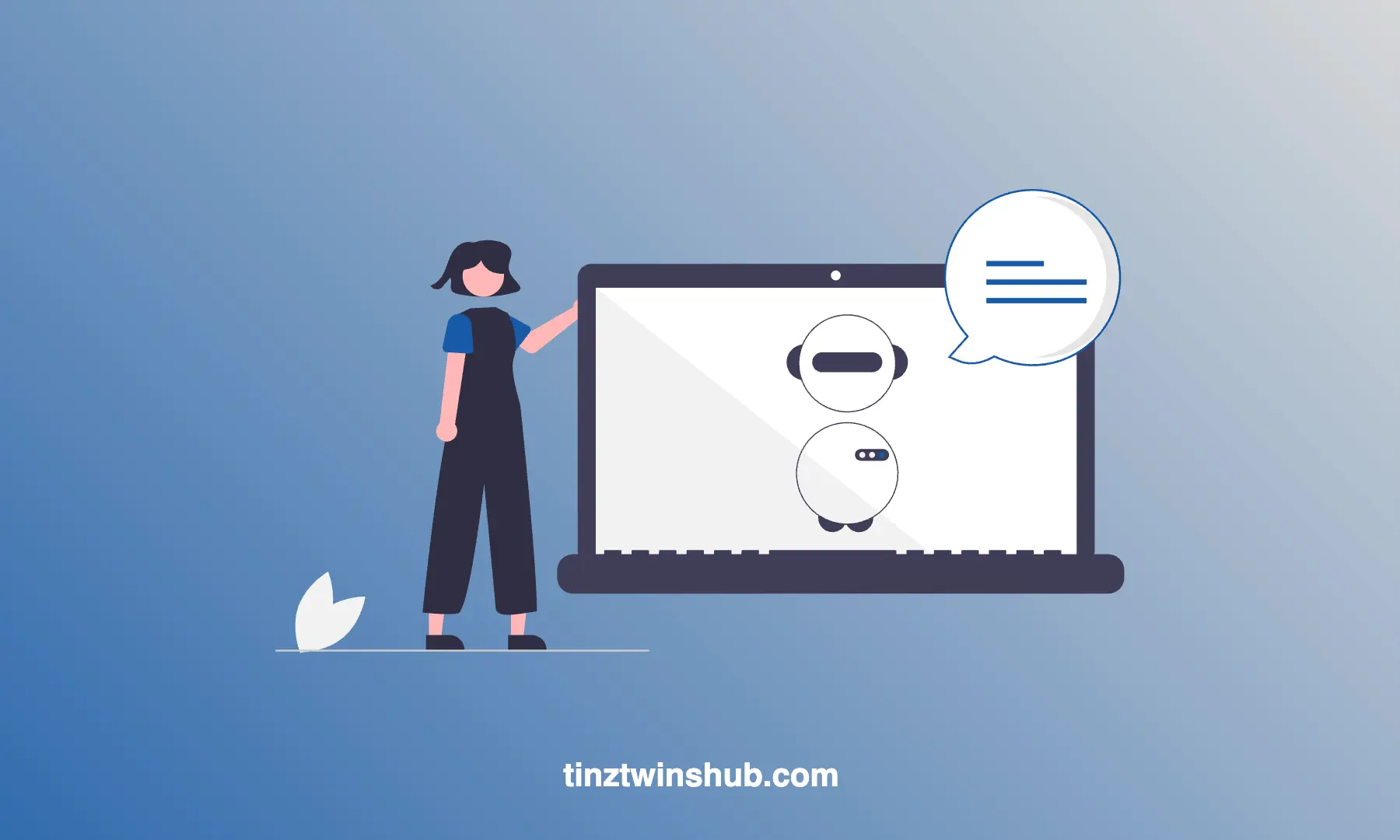Introduction to ARIMA Models for Newbies
ARIMA (short for AutoRegressive Integrated Moving Average) is a technique for time series analysis and forecasting. It is one of the most widely used approaches for time series forecasts. There are seasonal and non-seasonal ARIMA models, depending on the type of time series data.

ARIMA models are often used in the financial industry. They are fundamental to understanding time series analysis. In addition, ARIMA models can be very complex, which means that they are not always easy to understand.
In this tutorial, we would like to give you an easy-to-understand and visual introduction to ARIMA models.
We’ll discuss the following topics:
- Introduction to ARIMA
- Components of an ARIMA model
- Stationary vs. Non-Stationary
- Differentiation
- Autocorrelation Plots
- Practical example: ARIMA with statsmodels
- Technical requirements
- Use Case and Dataset
- Time series visualization
- Stationarity check
- Autocorrelation Plots
- Create ARIMA model
- Forecasting with ARIMA
- Conclusion
To read this post you'll need to become a member. Members help us fund our work to ensure we can stick around long-term.




